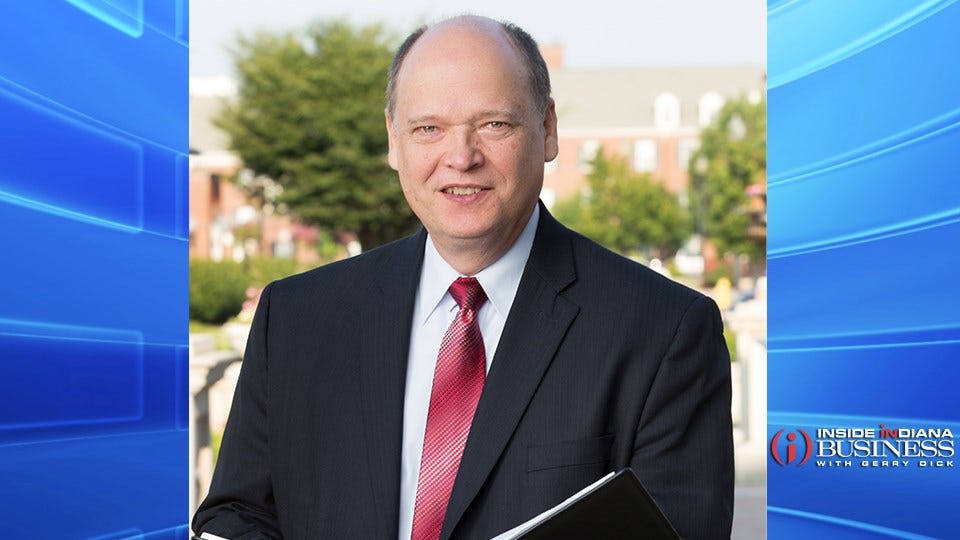Eroding trust in nonprofits: Pay the PRICE
Subscriber Benefit
As a subscriber you can listen to articles at work, in the car, or while you work out. Subscribe Now
Trust. Not-for-profit leaders have joined the crescendo of recent talk about having it, losing it, and building it. The latest numbers show trust declines in the NFP sector where individuals and organizations are investing their hard-earned funds, seeking positive change. Without question, trust should be a key foundation on which the organizations build their cases for support and insure sustainability. What’s that look like in the real world and where’s the disconnect? I’m suggesting nonprofits consider paying the PRICE to turn these numbers around.
Trust comes from a firm belief in the reliability, honesty, and strength of another person or entity. That in turn originates from familiarity, a depth of knowledge, transparency, accountability, and understanding.
For not-for-profits, aspirational clues are offered in those who “get it right.” Recently the “Trust in Nonprofits” survey identified the top ten not-for-profit brands, showing they were “trusted” by anywhere from 67% to 81% of the respondents. The analysis was conducted by Morning Consult, located in Washington, D.C. This nonprofit survey data was a breakout report from the “Most Trusted Brands 2022” across the automotive, food and beverage, travel, and health industries.
By contrast, another leading indicator, the Edelman Trust Barometer indicates that trust in NFP’s in the United States overall has dropped to an average of 45%. Baby Boomers average higher scores (near 60%) than Generation Z (33%.) NFP leaders should find a 45% average unacceptable, and know it will have long term negative financial impacts, so now what do we do?
In recent workshops I’ve spent a fair amount of time talking about the JoHari Window. You may recall the diagram from a college psychology course. It was developed by Joseph Luft and Harrington Ingram circa 1955. To boil down the concept there are four “windows” in our relationships that represent self-awareness (or not) and the awareness of others (or not.) As one of these windows expands the others shrink. So, what does that have to do with not-for-profits? My application to those leaders is that their goal should be to exponentially raise awareness, minimize the unknown, and thereby build trust among their various publics.
The trust not-for-profits desire and need requires them to build much stronger relationships with donors, volunteers, and potential funders to expand our window of the “known.” Therefore, it is imperative that we spend more time making sure there is very little donors and prospects don’t know about us. Ultimately, you will have to expect to adopt the PRICE acronym to build trust.
Professional
The top “trusted” organizations mentioned earlier excel in their professional practices. From a laser focus on an inspiring mission, developing and sharing strategic plans, to selecting and training board members, engaging and orienting volunteers, stewarding donors and more. They exude professionalism, prepare for the future, and capably provide the services they promote.
Reliable & Relatable
You increase the chances of holding someone’s trust if you prove to be reliable in your expectations and your outcomes. Be honest, admit if you’ve made a mistake and show some vulnerability. If you need to make a significant change, communicate it well and involve those most impacted. Provide insight and utilize language that will be relatable to the audience. In the end, they’ll know they can count on your nonprofit for fair and accurate information. You will be an organization they can trust.
Introspection and Involvement
Building trust doesn’t happen overnight, you need to actively involve those with whom you interact. Get introspective, look at the organization through a new lens, one shared with your supporters. Gather feedback and seek out criticism. This could mean contracting with a third party to help you be objective. Analyze the results carefully and involve your audience in implementing new ideas or strengthening existing programs. Make your decisions carefully, honor the commitments you have, and be clear about those you undertake. It’s much like you learned as a child crossing the street. Listen, look both ways (twice) and then proceed.
Competent, Consistent & Caring
Competency is a distinctive attribute that serves as somewhat of a magnet in attracting one’s trust. When that level of acuity is consistent and the organization proves that it authentically cares both about its service recipients and its supporters, it will help to garner one’s trust of the organization and the rest will follow. Communicate often, provide consistent messaging and branding that reinforces your mission, vision, and values. Build an awareness of your organization that is unshakable.
Ethical, Engaging and Emotional
Trust is gained by doing the right thing and stewarding dollars in a proactive way. It grows by engaging prospects and donors with purposeful communication that moves them along the continuum of understanding the heart of your organization. Speaking of heart, connecting in an emotional way helps solidify the bond and broadens the trust that has evolved. Tell your story, be human and engaging.
In the end, we can’t blame this erosion of trust on demographics, politics, media, environment, societal shifts, or empathy. We need to look no further than our own organizations and recognize that we are the cause rather than the effect or victim. Pay the PRICE and enhance your ability to communicate. The time has come for organizations to shore up their foundational issues and look to build substantial trust in our communities.
David J. Fry, MPS, CDT, is Founder/CEO of Effective Advancement Strategies in Greensburg and author of Purpose in the Darkness. He consults with businesses and nonprofits throughout Indiana. He may be contacted at strategies@etczone.com
